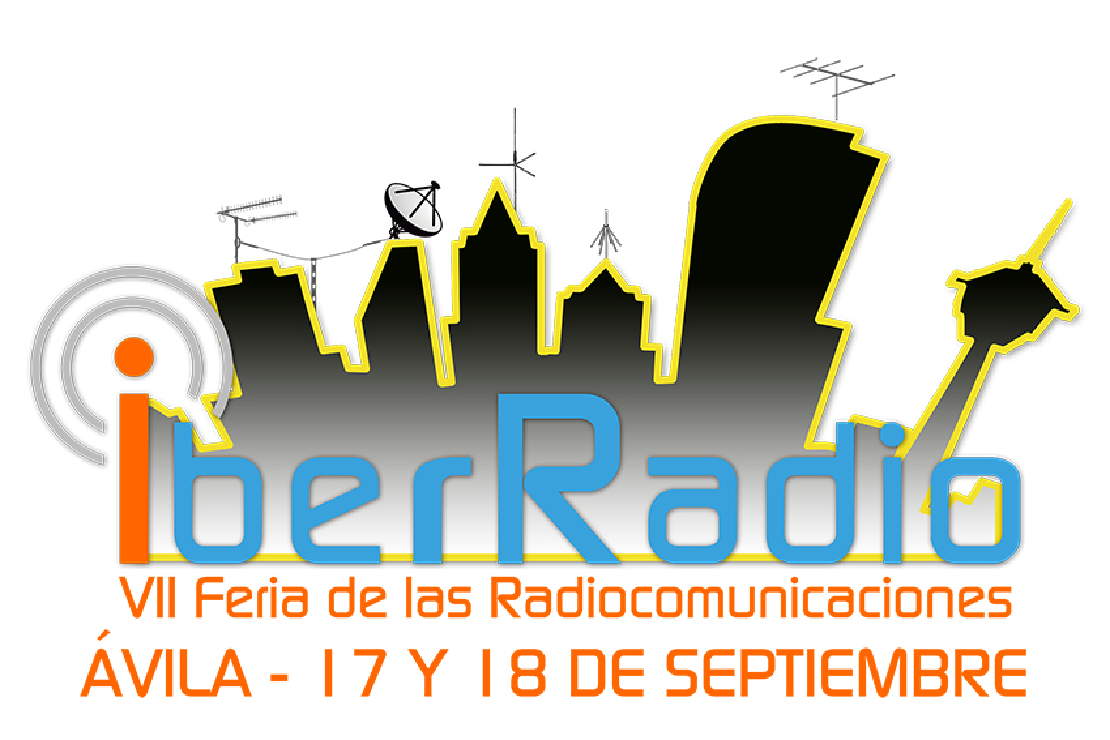
Ponencia en Iberradio 2023
El pasado día 16 de septiembre tuvo lugar la mayor feria de radiocomunicacioens amateur en España: Iberradio. Como parte del programa, tuve la …
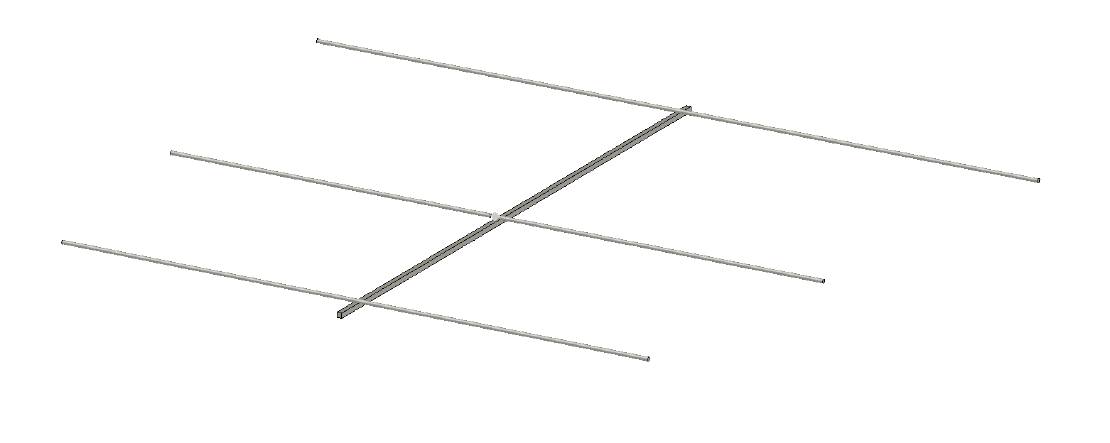
The successor of the Xurelo-4 is here! This time, we are bringing a new antenna for the 6m band: Xurelo-6.
The Meteor Scatter season is coming to its peak. While this propagation can be worked on higher frequencies, for the ones with a more modest setup, the 6m band is definitely the way to go. However, most of us cannot afford having a 6m directional antenna up in the ceiling of our houses, either for lack of space or for legal issues. As a solution, from FIDtenas we decided to design a new antenna by maintaining the same spirit we used for developing the Xurelo-4: having the specs of a 3-element yagi while offering fast and easy to assemble solution that can be used in portable activations!
This antenna has been designed with the objective of improving some aspects of other antennas from the market while adding new useful features for the radio operator.
Removable elements: in order to allow its use in portable situations, all of the elements are made out of 1m long threaded rods, so that they can fit inside even the smallest of the cars
Adapt it to your needs: Xurelo-6 can be built by using elements of diameters ranging from M4 to M16 without any significant change in performance: choose the diameter and material (threaded rod, aluminuum, carbon fiber…) to configure the antenna to your needs
Cheap and easy to build: all the materials involved are easy to find in any hardware store. The plans of the 3D printed parts are also public so that anyone can print them at home.
Optimal performance: Xurelo-6 covers the whole 6m band with a SWR lower than 1.5, offering good gain and low SLL across the whole band.
Choose any boom: Xurelo-6 has been design to be assembled with any boom, independently on whether it uses a non-conductive (fiberglass, PVC…) or conductive (aluminum, titanum, carbon fiber…) material.
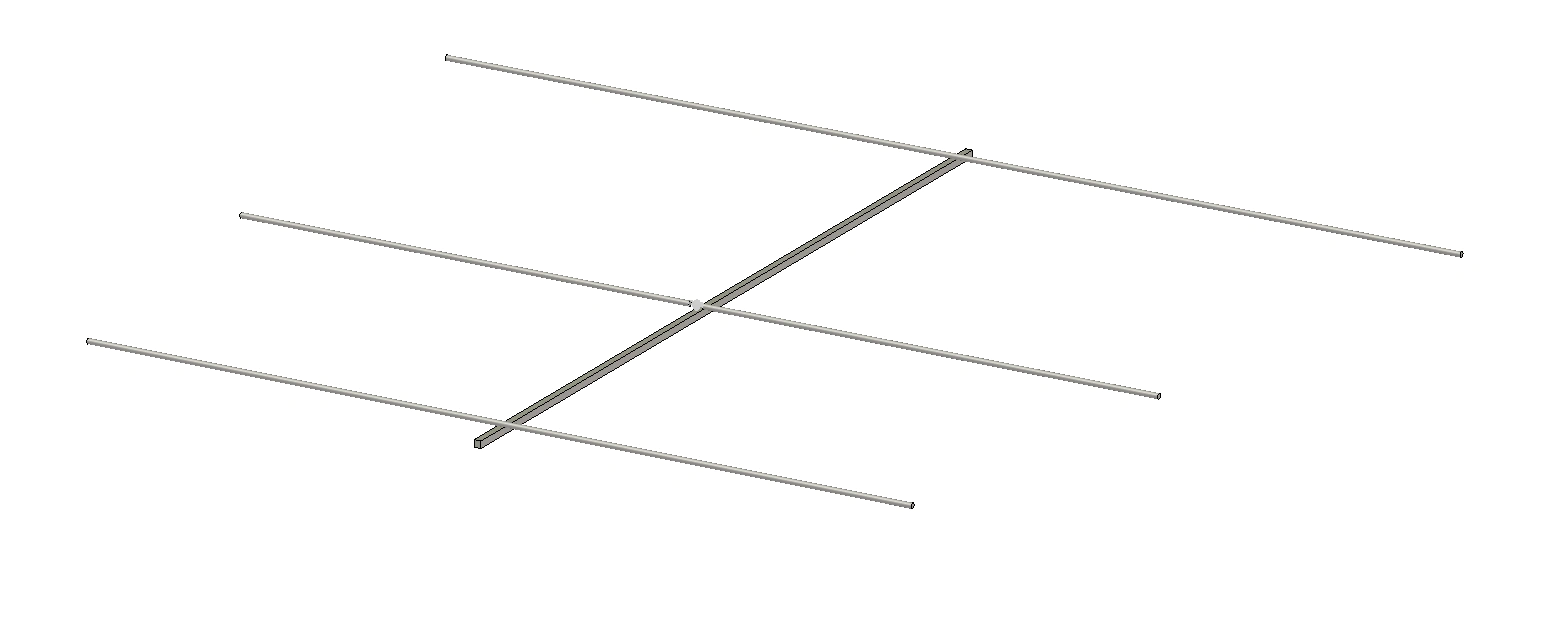
| Specification | Value | Units |
|---|---|---|
| Gain | 7.36 | dBi |
| 3 dB Beamwidth (E plane) | 66.5 | º |
| 3 dB Beamwidth (H plane) | 115.5 | º |
| Efficiency | 99.7 | % |
| Impedance | 50 | Ω |
| Lowest SWR | 1.1 | - |
| Bandwidth | 2.56 | MHz |
| 5.12 | % | |
| SLL (E plane) | -18.2 | dB |
| SLL (H plane) | -18.2 | dB |
| Polarization | Linear | - |
| XPD | >70 | dB |
Note: bandwidth is measured between points at 1.5 SWR (very conesrvative measure). XPD is referred to broadside direction
| Simulated radiation pattern | Simulated SWR |
|---|---|
 | 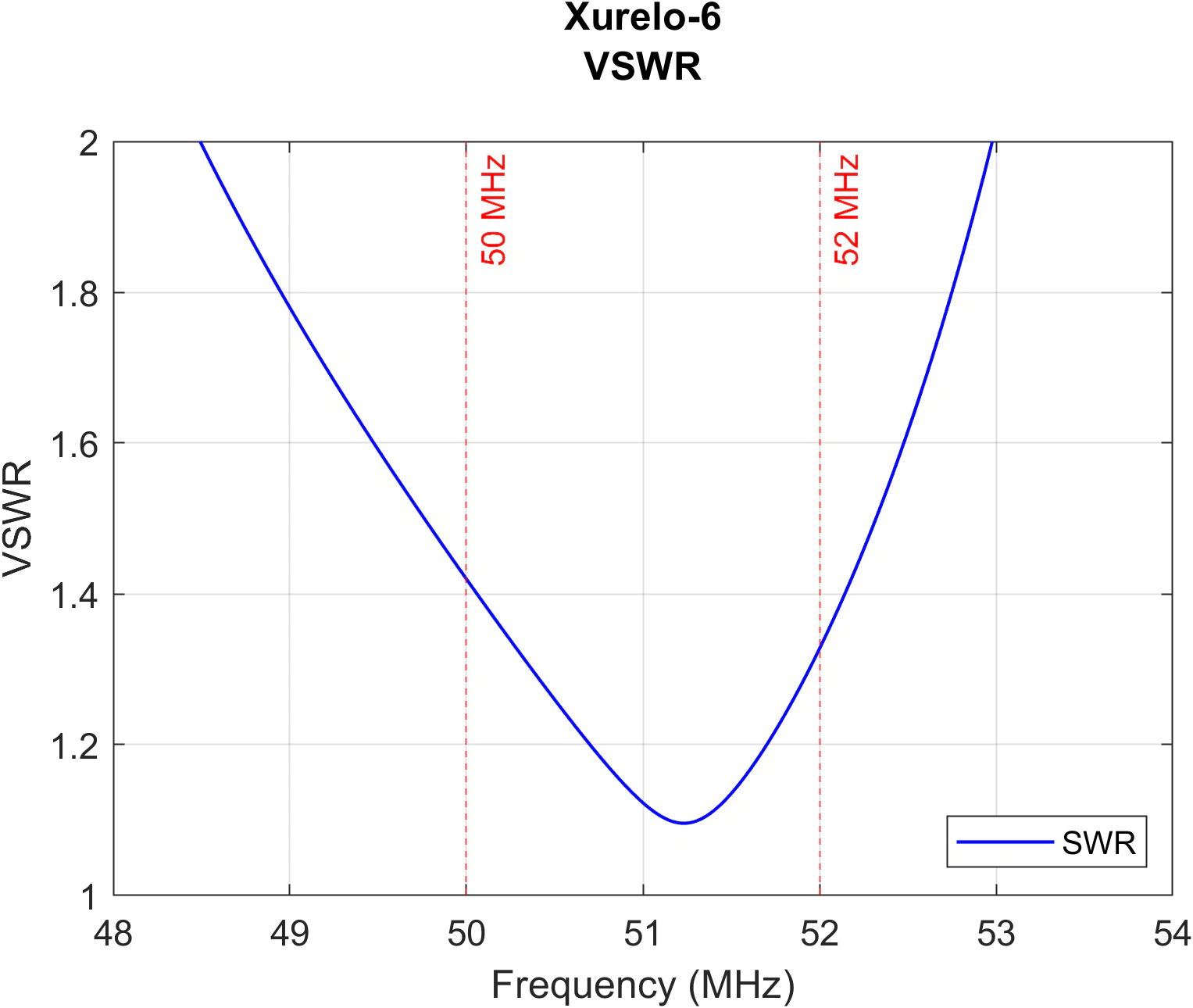 |
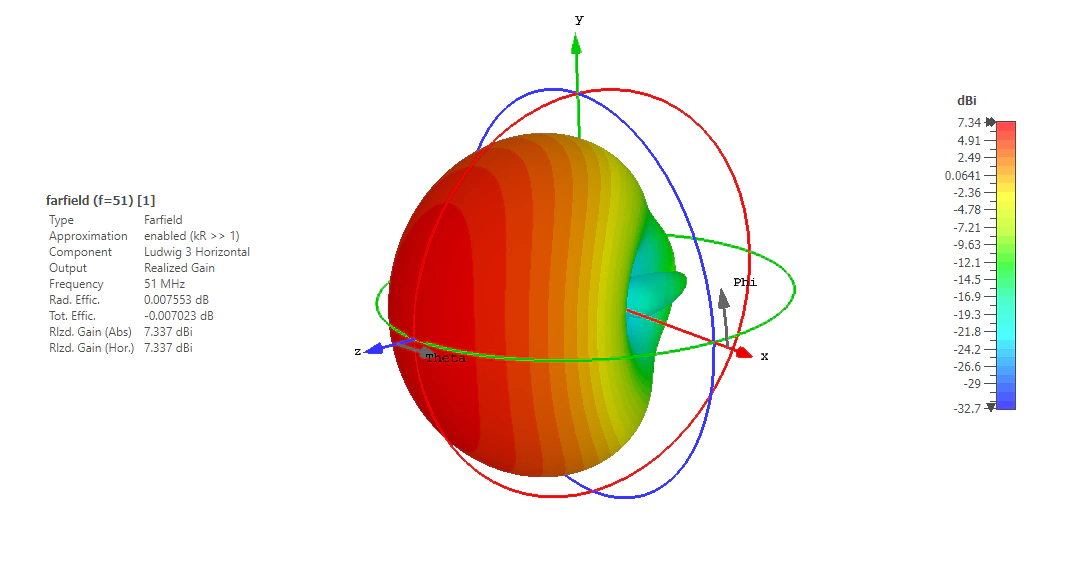
| Material | Quantity |
|---|---|
| M6* 1000mm threaded rods | 8 |
| M6* nuts | 10 |
| M6* threaded sleeve nuts | 2 |
| M6* washers | 10 |
| M4 bolts | 3 |
| M4 wing nuts | 3 |
| M4 washer | 3 |
| White ABS | ~100g |
| 2700mm Boom** | 1 |
| 50Ohm coaxial cable | ~5m |
| SMA male connector | 1 |
* This antenna can be build by using elements of diameters ranging from 4mm to 16mm. In order to build the detachable version shwon in this post, M6 or M8 threaded rods are recommended, since they offer a good balance between flex and weight. You can also use full-length aluminuum or carbon fiber tubes if you are looking for a more consistent setup or for a non-portable version.
** Thanks to the 3D printed parts, the elements will be isolated from the boom. Hence, both conductive and non-conductive materials can be used.
*** 3D printable parts below are designed for M6 rods and round boom of 16mm of diammeter. They are easily editable for other setups.
Work in progress! (I need time and budget :) )
The portable version of Xurelo-6 (described above) uses M6 or M8 threaded rods for the elements. This can seem to bring a new issue into play: due to their length, they will inevitably bend a bit. However, the antenna has been modeled taking into account this bent and, due to its large curvature radius, it does not affect the performance of the antenna (neither the impedance match nor its gain), so you must not worry about it.
With respect to its height, it is recommended to place it at least 2,5m above ground in case of working in a location with relatively-high soil conductivity.
Finally, recall that this antenna was not designed to be used in a fixed emplacement for extended periods of time. If you want to use it for this purpose, the length and spaceing of the different elements can be useful, but you will need to perform some modifications to the structure of the antenna in order to increase its mechanical consistency.



El pasado día 16 de septiembre tuvo lugar la mayor feria de radiocomunicacioens amateur en España: Iberradio. Como parte del programa, tuve la …
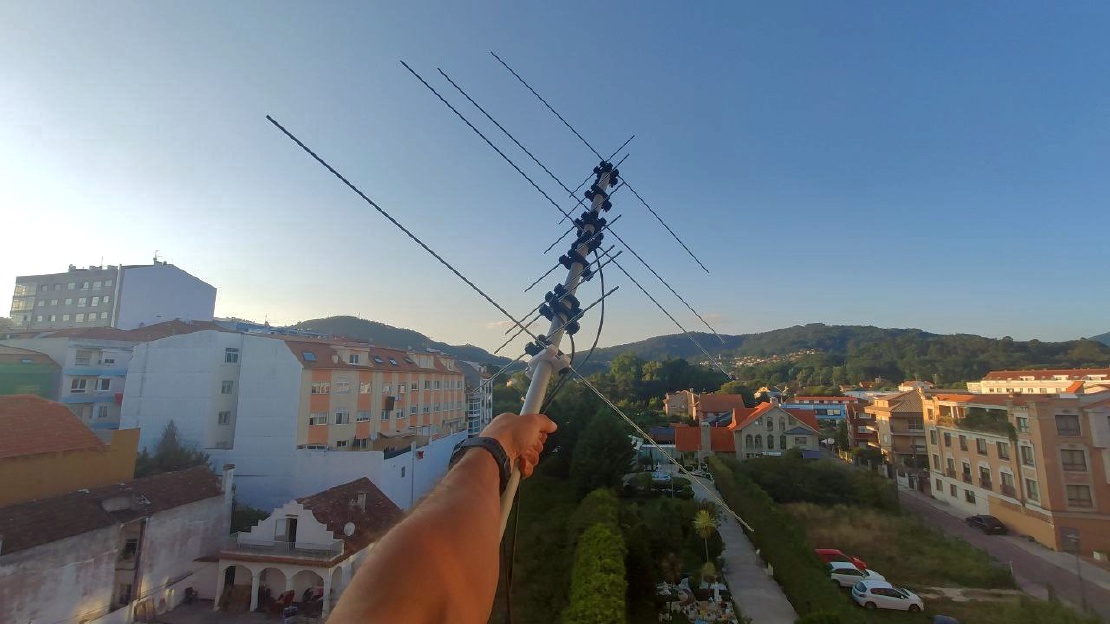
Today, we are glad to present you a very special antenna: Aiga. Aiga is a double band VHF/UHF antenna designed for portable use. In this way, it uses …